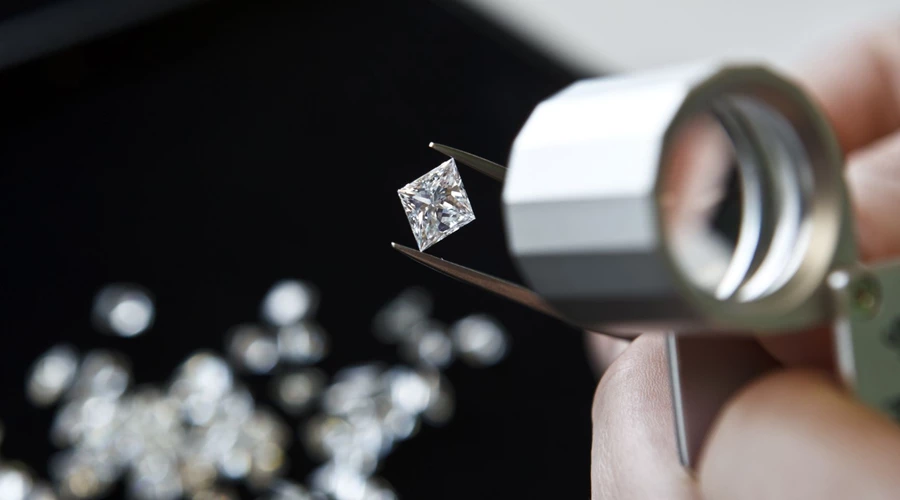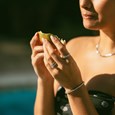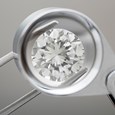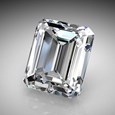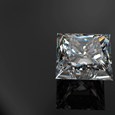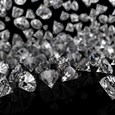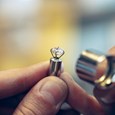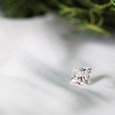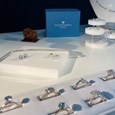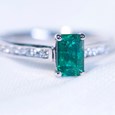Sign up for our Newsletter
How Important is Diamond Clarity?
December 20 2021
In a world where the words “flawless” and “diamond” seem as made for each other as peaches and cream, you’d be forgiven for thinking that clarity is king.
According to some, a flawless diamond is the height of perfection – the ideal we should all be aspiring to own. But, as usual, when it comes to diamonds, there’s more to clarity than meets the eye. In fact, you could say the issue is multi-faceted. ;-)
As one of the Four C’s, clarity is clearly important. But it may not be as important as you think. Read on to get the full picture…
What is Clarity?
Clarity describes the number, size, type and location of the inclusions and blemishes in a diamond. “What? Wait! I don’t want inclusions or blemishes in my diamond!” That’s understandable, but I assure you that these things are perfectly natural and most diamonds have them. It’s a side-effect of spending your formative years in the Earth’s mantle: although it’s still the case with Lab-Grown Diamonds too.
The fact is, only the rarest and most expensive diamonds don’t have any inclusions. You’ll find those ones filed under ‘FL’ for Flawless (or IF for Internally Flawless if you’re feeling pernickety). All other diamonds contain very tiny naturally occurring inclusions such as feathers, crystals and clouds. But it’s really not as bad as it sounds…
Clarity Grading for Dummies
Diamonds are graded for clarity under 10x magnification. This means if some diamond brainiac in a distant lab spots a teeny tiny crystal in a diamond under the microscope, you can’t call it flawless.
But what is it then? After considering all the inclusions, their size and position, their whys and wherefores, the gemmologist give the diamond one of the following clarity grades:
- VVS1, VVS2 (Very Very Slightly Included)
Contains very few teeny tiny inclusions that are barely detectable under 10x magnification. - VS1, VS2 (Very Slightly Included)
Has an odd freckle here and there, detectable enough under 10x magnification that it could be used for identification purposes. - SI1, SI2 (Slightly Included)
Has inclusions that are easily detectable under 10x magnification and may be seen with the naked eye depending on what they are, where they are, and how good your eyesight is.
As you might guess from the names given to these grades, there’s really not an awful lot between them – however, the higher the clarity grade, the higher the price. Grading is mainly to do with the size and amount of inclusions but often location is an important factor too. A crystal that’s hidden under the upper facets isn’t as bothersome as one that’s right smack in the middle of the table.
There is one more set of grades I haven’t mentioned and that’s I1, I2 and I3. These diamonds have many inclusions visible to the naked eye. We don’t sell them, we certainly wouldn't recommend you buy them and consequently, for the purposes of this article, they don’t exist.
Spot the Difference
Here are some examples of Round Brilliant Diamonds with different Clarity Grades from the GIA website.
SI1 - GIA Report Number 7341759062
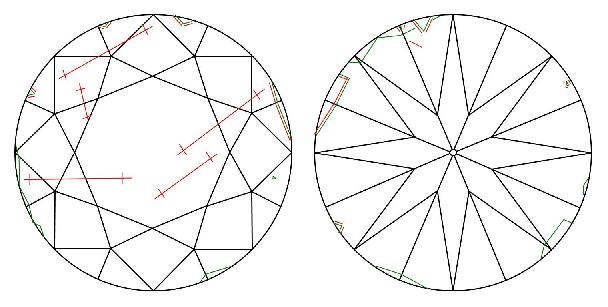
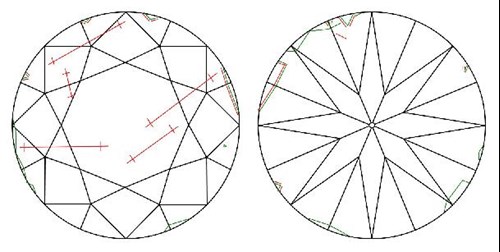
VS1 - GIA Report Number 6391135273
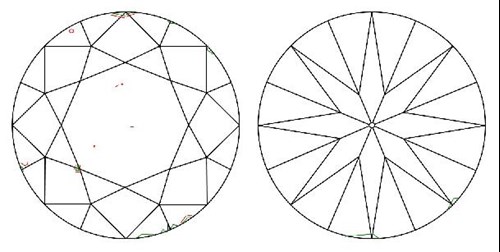
VVS1 - GIA Report Number 6382644296
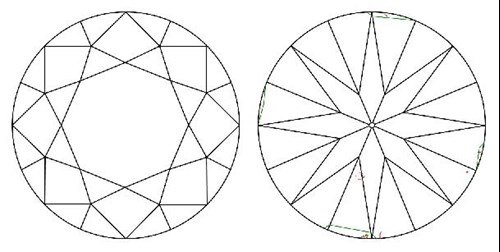
FL - GIA Report Number 5212733063
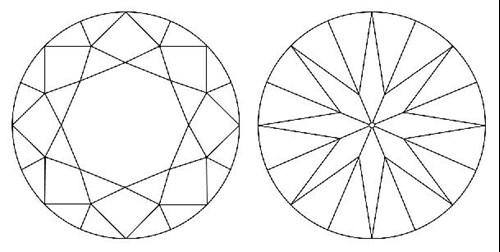
You may or may not be able to tell from the diagrams that there are different types of characteristics - GIA has a Diamond Grading Report explaining what each of these plots means. Here’s a list of characteristics, with their symbols.

The Clarity Contradiction
Now, here’s the interesting thing.
Throw away the microscope and study a diamond with the naked eye. Regardless of whether it’s graded FL or VVS1 or VS2, neither you nor I nor anyone else with 20/20 vision will be able to see any inclusions or blemishes whatsoever. (No, not even Sandra in Accounts who you know would love to find fault with your stunning new diamond engagement ring. Not even if she squints really, really hard.)
That’s the thing about inclusions. They’re there, but you can’t see them. Diamonds might be graded FL to SI2, but essentially they’re all almost flawless to the naked eye.
We All Scream for Eye Clean
There is, of course, one exception. If you've been paying attention, you’ll have noticed I said that SI1 and SI2 clarity grades have inclusions that may be seen with the naked eye.
Anything SI2 or higher is classed as “eye-clean”. That is, the inclusions generally can’t be seen with the naked eye when the diamond is viewed from the top.
But there are some cases where the inclusions in an SI1 or SI2 are visible to the naked eye. If you’re considering an SI1 or SI2-graded diamond, it’s a really good idea to view it or see an image of it before you commit to buying. If it’s eye-clean, then you've got yourself a beautiful diamond at a great price.
Which begs the question, why spend extra to get a flawless diamond? Just Because You Can’t See It, Doesn't Mean It Isn't There. The thing is “eye-clean” isn't the same as “mind-clean”. Knowing your diamond has inclusions – even if you can’t see them without a scope – might not be acceptable to you.
If you want “eye clean”, avoid SI1 and SI2 and look for diamonds graded VS2 or higher (or at least get one of our lovely diamond experts to check SI1 or 2 for you!). If you want “mind clean”, buy flawless or internally flawless.
Does diamond clarity affect sparkle and beauty?
In theory, inclusions in a diamond could have a negative effect on the amount of sparkle. But they’d have to be pretty big inclusions (and probably clouds at that) to significantly hamper light performance.
In reality, inclusions are so incredibly tiny they’re powerless to stop the awesome power of a sparkling diamond. It’s the quality of the cut that gives diamonds their fire, brilliance and scintillation, so choosing the very best Cut grade is a far better way to get the ‘perfect’ diamond.
Things to Remember
- Clarity is not without its merits but it’s the least important of the Four C’s.
- SI2 or higher diamonds are classed as “eye-clean”.
- Diamonds in the VS1 to SI2 range offer excellent value – just be sure to view your chosen diamond first.
- Flawless is a state of mind!
If you wish to learn more about our Bespoke services, click here.
If you wish to contact us, click here.
Find us on Instagram @QualityDiamonds
-
Ethically Sourced Diamonds
-
Handmade in the UK
-
FREE Shipping Worldwide
-
60 Day Returns

